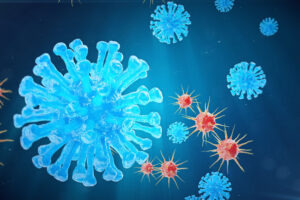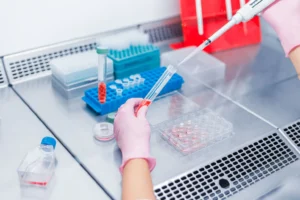
Heavy Metals and Cancer: Mechanisms and Prevention Strategies
Heavy metal pollution represents a significant global challenge, impacting ecosystems and posing serious threats to human health. Research indicates that excessive exposure to certain heavy metals may contribute to cancer development through various toxic mechanisms. This article delves into the pathways by which heavy metals may cause cancer, associated risks, and effective prevention strategies.









